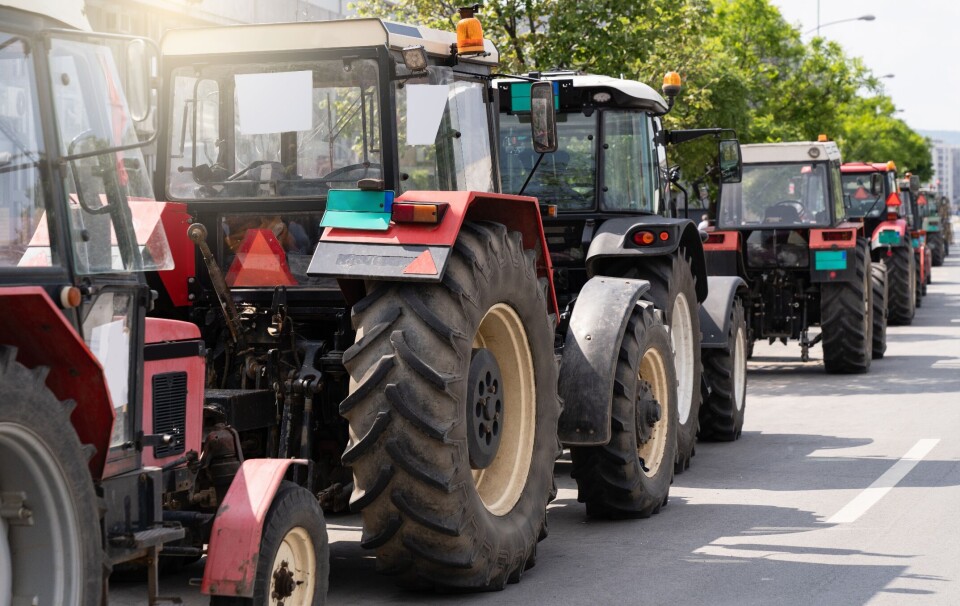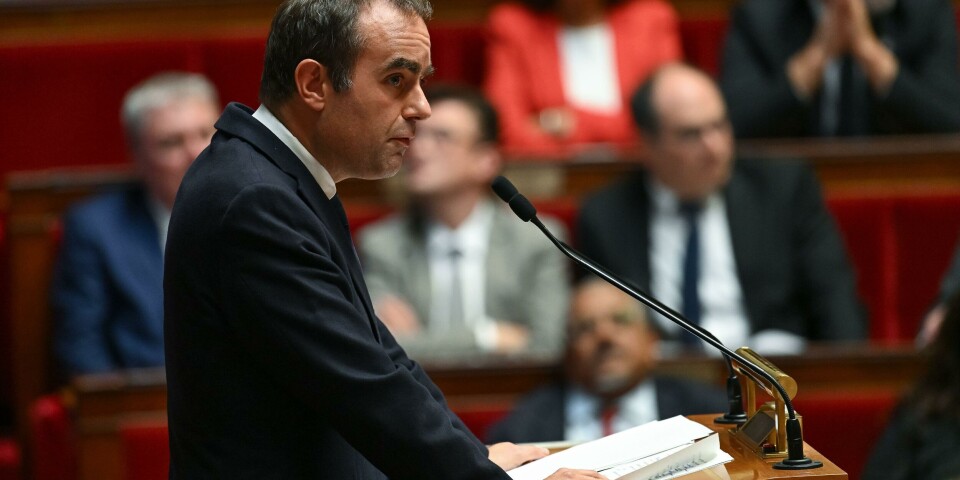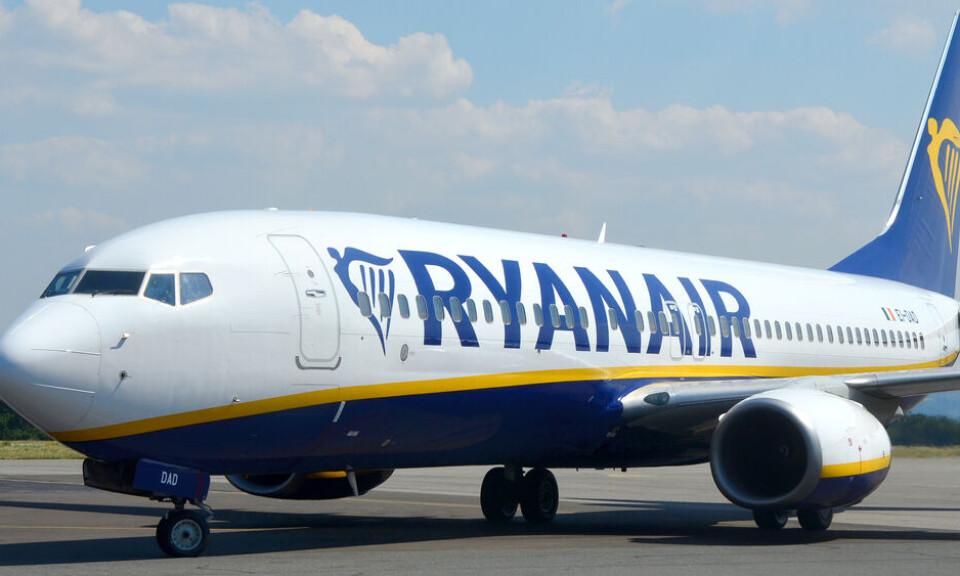-
Ryanair UK routes return to Bergerac for summer 2026
Dozens of flights to Dordogne airport offered by low-cost carrier in summer season
-
Aer Lingus to relaunch Dublin-Montpellier route
Service will fly twice per week during summer season with easy US connections touted as bonus
-
Travellers returning to UK from France warned over taking sandwiches, dairy, and meat
Restrictions on food imports from earlier this year continue
What is the law on child seats?
All children under ten should travel in the back of the car, with two exceptions
All children under ten should travel in the back with two exceptions - a baby seat designed to be placed dos à la route (with the baby facing backwards), as long the passenger airbag has been deactivated; or a backseat cannot be used because you don’t have one, it is temporarily unusable, is not equipped with a seatbelt or is occupied by other young children using proper equipment.
Children under 10 must travel with equipment - special sets or belts etc - suitable for their age, unless they are big enough to use adult ones.
Road safety body Association Prévention Routière says that if the child is more than 150cm tall an ordinary belt will do, from 135cm - 150cm a booster seat may be needed to make sure the belt goes across the shoulders and not the neck, under this size other equipment may be required.
Babies should have special seats that are homologués (approved - with the letter “E” on them. The wording universel next to this means suitable for all cars).
A lit nacelle (cradle-style) is suitable up to nine months, then a siège enfant (child seat) up to about age four, and finally a more minimal rehausseur (booster). There is a €135 fine for carrying a child not properly secured.
























